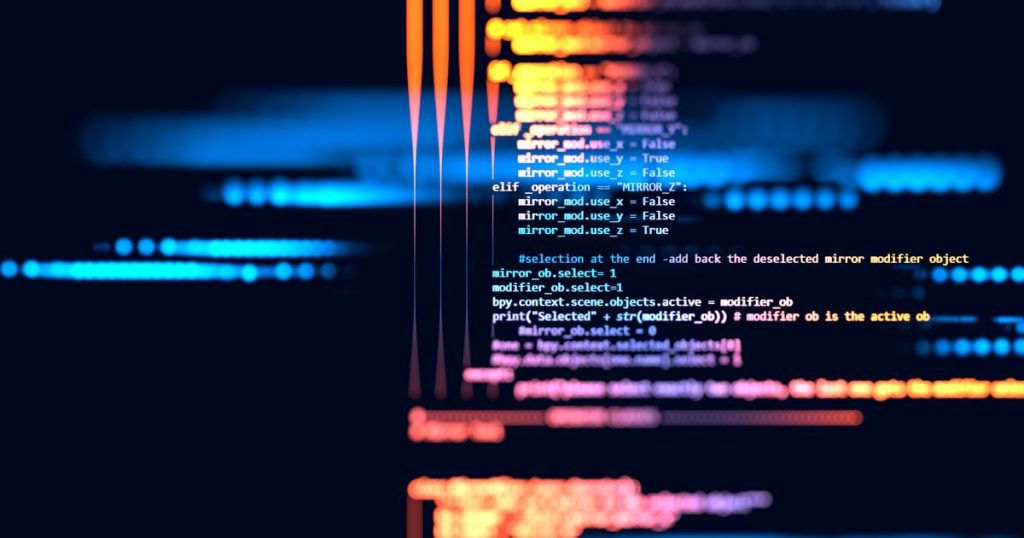The Looming Threat of AI-Powered Disinformation: Beyond 2024
The 2024 election cycle may have offered a preview of AI’s potential to disrupt the democratic process, but it was merely the opening act. The confluence of increasingly persuasive AI tools, the pervasiveness of AI-generated content, and the resulting public disengagement with political information paints a concerning picture for the future of elections and democratic discourse. These trends, while nascent, are rapidly evolving and pose a significant threat to the integrity of information ecosystems worldwide.
The first key trend is the accelerating sophistication of AI tools, making them increasingly powerful weapons in the hands of malicious actors. While 2024 saw a surge in AI-generated audio and visual disinformation, the future threat lies in the rise of AI companions – chatbots designed to build personal relationships with users. This personalized approach to disinformation is particularly insidious, exploiting the inherent human tendency to trust information from familiar sources. As AI companions become more lifelike and integrated into daily life, their potential to disseminate misleading information under the guise of friendly conversation will become increasingly difficult to combat. Early examples of extremists customizing chatbots to spread Holocaust denial are a chilling harbinger of this dangerous trend.
The second trend is the proliferation of AI-generated content across all facets of society, blurring the lines between legitimate political messaging and manipulative disinformation. The use of so-called "softfakes" – AI-generated video or audio ads – in the 2024 elections, particularly in the Global South, demonstrates this blurring effect. While these softfakes may be easily identifiable now, they represent a slippery slope. As AI-generated political content becomes normalized, distinguishing between genuine material and malicious deepfakes will become increasingly challenging, eroding public trust in what they see and hear. This ambiguity also fuels the "liar’s dividend," where actors can dismiss authentic content as AI fabrication or, conversely, claim AI-generated disinformation as genuine.
The third and perhaps most insidious trend is the growing public disengagement with political information, driven by the overwhelming deluge of AI-generated content. The sheer volume of AI-generated spam, counterfeit news websites, and mediocre content is fostering a sense of information overload and cynicism. This "muddying" of the information space is not solely about deliberate deception; it’s about the erosion of trust in reliable sources and the increasing difficulty of discerning credible information from the noise. This trend exacerbates the existing decline in trust in traditional media and institutions, leading to widespread "news avoidance" and a disengaged electorate – a grave threat to the foundations of a well-informed democracy.
As these trends converge and accelerate, the landscape of information will be dramatically different by the next election cycle. The challenge lies not only in detecting and debunking AI-generated disinformation but in restoring public trust in the information environment itself. This requires a multi-faceted approach involving regulators, AI developers, social media platforms, and citizens alike. Regulations must adapt to the evolving nature of AI-driven disinformation, while developers should prioritize ethical considerations in the design and deployment of AI tools. Social media platforms bear the responsibility of implementing robust content moderation policies and empowering users to identify and report AI-generated manipulation.
Furthermore, media literacy education must become a priority, equipping citizens with the critical thinking skills necessary to navigate the increasingly complex digital landscape. Fostering a culture of healthy skepticism without descending into complete cynicism is crucial. This includes empowering individuals to identify credible sources, evaluate information critically, and understand the potential biases and limitations of AI-generated content. The fight against AI-powered disinformation is not just a technological battle; it’s a societal one, requiring collective action to preserve the integrity of democratic discourse.
Finally, international cooperation is essential. The development and deployment of AI transcends national borders, and so must the efforts to counter its misuse. Sharing best practices, coordinating regulatory frameworks, and fostering a global dialogue on the ethical implications of AI are critical steps in mitigating the risks of AI-powered disinformation. The stakes are high: Failure to address these challenges effectively could erode trust in democratic institutions, undermine public discourse, and ultimately destabilize societies worldwide. The time to act is now, before AI-powered disinformation becomes the defining characteristic of the digital age.


